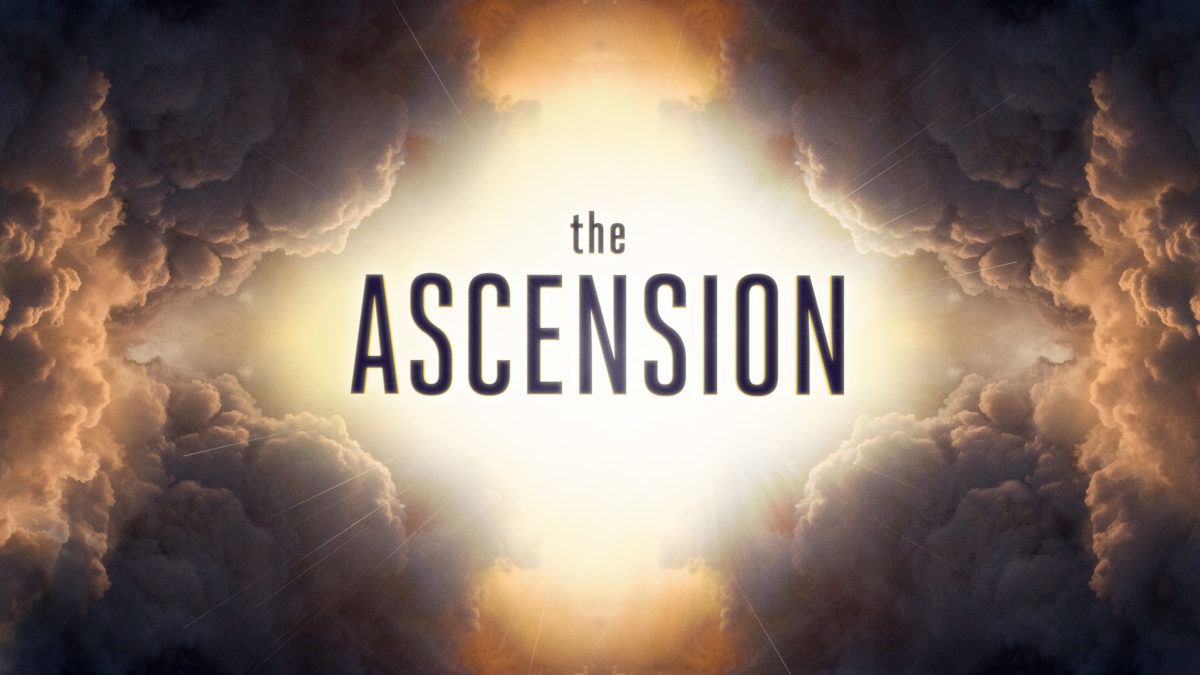Hidden in the smoke that ascended from the altar that sat in the forecourt of the Tabernacle and Temple was a prophecy, a shadowy type of what was to come. The worshiper brought his offering to draw near to God. Indeed, the word he heard that we translate as “offering” is more literally “near-bringing.” There were several different types of these offerings or near-bringings, each with its own emphasis on what happens in our relationship with God. One of these near-bringings was called the ascension offering. Translations confuse us because they focus on the action taken upon the offering and not what the offering is doing. You will read “burnt offering,” but the Hebrew word emphasizes ascending or going up; yes, the offering goes up in fire and smoke, but it is going up.
After having drained the blood from the animal, skinned it, cut it into pieces, and washed it, the priest put the pieces that were to be offered on the altar, head first, followed by all of the other parts (see Lev 1). The fire set by God himself was a consuming fire, but it was a friendly fire. The fire turned the offering that represented the worshiper into smoke that passed through the smoke of the incense altar, which is the prayers of the saints (Rev 8.4), and united with the glory cloud of God in the Holy of Holies. The worshiper ascended through the mediation of the holy substitute to draw near to God, to join him in his enthroned rest to enjoy his work.
Jesus’ ascension is the fulfillment of this smoky type. His death and resurrection–his blood shed and his body transformed–were not the end of his work. All of his work was leading to his ascension and enthronement. It is no mere bland historical fact that the disciples see Jesus “lifted up” so that a “cloud” takes him out of their sight as they stare into heaven (Ac 1.9-11). Jesus is the near-bringing, the offering, that draws near to God to sit enthroned with him to enjoy his work. He is seated at the right hand of the Father after his ascension, reigning until he has put all enemies under his feet, the last of which is death, which he will conquer at our resurrection (Mk 16.19; Ac 2.34-36; Heb 12.2; 1Cor 15.20-28).
United to Christ Jesus, our substitute, we join him in his ascension, seated with Christ Jesus in heavenly places, reigning with him until our common enemies are put under our feet (Eph 1.20-22; 2.6; see also Rom 16.20). Each Lord’s Day renews this covenant, assuring us of our present and future glory. In the Spirit, we ascend into heaven, incorporated into God’s glory cloud in praise to rule with him.
Happy Ascension Day!













